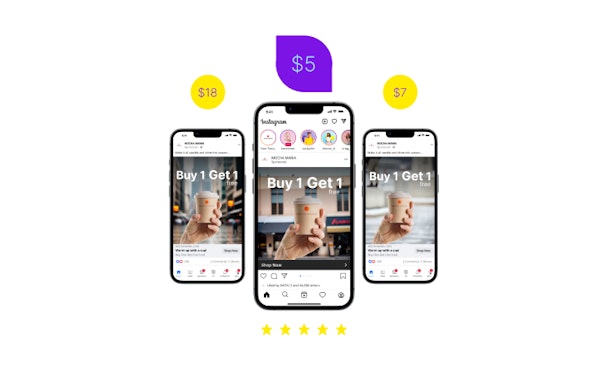How predictive budget allocation can help marketers save time and drive results in 2024
Marketers, grappling with the complexity of managing campaigns across numerous channels, find relief in AI-driven predictive budget allocation, says Andy Devey (senior director of product marketing, Smartly.io). Here's why.

Marketers today are tasked with delivering campaign results across an increasing number of channels, with 51% of companies using at least eight channels to interact with their customers and 79% reporting that it’s crucial to have a cross-channel overview of performance and business impact in order to make the best decisions.
In a fragmented advertising landscape, allocating budget efficiently across channels in real time, to see a positive return on ad spend is a huge challenge that marketers often don’t know solutions for. Fortunately, this doesn’t have to be overwhelming - AI-powered predictive budget allocation (PBA) can step in to eliminate tedious tasks and improve performance. With PBA, marketers can allocate their dollars between multiple campaigns, across channels, to maximize outcomes.
What is predictive budget allocation?
PBA is an AI-powered solution that automatically directs a marketing budget to the best-performing channel. Leveraging first-party data, the model optimizes for real business outcomes and enhances third-party data to maximize return on ad spend.
Typically, campaigns using PBA experience an average 10% increase in performance according to 2023 data by Smartly.io. In addition to the performance boost, the integration of PBA results in tangible time savings.
Teams adopting this technology save an average of 5 hours per week, allowing for a reallocation of time to more strategic endeavors, such as understanding insights and scaling campaigns.
Essentially, PBA can help marketers to optimize budget allocation to deliver the most effective and top performing campaigns across several channels at once - freeing up time to focus on more strategic work.
3 best practices for adopting predictive budget allocation
1. Respecting the learning phase: PBA, like any intelligent feature, requires a learning period for optimal results. Adhering to recommended best practices ensures a seamless integration.
2. Introduce reliable first-party data: PBA's success is contingent on optimizing against metrics important to marketers, such as lifetime value. Ensuring a consistent stream of reliable first-party data is essential.
3. Avoid feature competition: Ensuring that automated features, including PBA, do not compete with each other across different technologies is crucial to maintaining effectiveness.
As we roll into 2024, marketers have never been tasked with tracking more campaigns across even more channels and being responsible for their success. That’s where AI tech and tools like PBA step up - they’re not just helpful, they’re game changers when it comes to delivering results by unlocking intelligent budgeting to save time and improve performance without manual work.
Content by The Drum Network member:

Smartly.io
Smartly.io is the AI-powered advertising technology company transforming ad experiences for brands and their consumers. Our comprehensive advertising platform seamlessly...
Find out more
